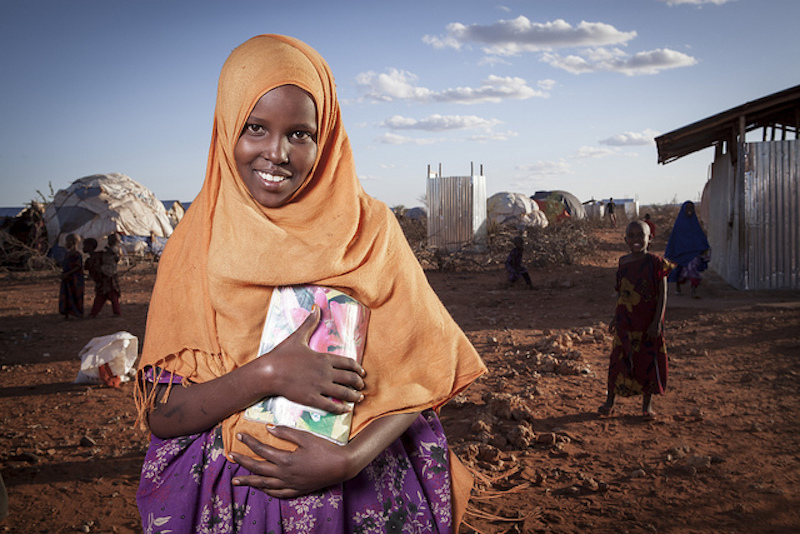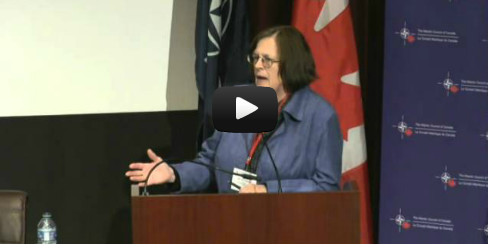With her bright eyes, ready smile, and sky blue backpack, Saja could be a primary school student anywhere. At the age of 12, carrying her schoolbooks in her hand, she should be looking forward to laughing with her friends in school. Instead, Saja mourns the death of her friends and looks for ways to continue her studies.
With the increase of civil wars and armed conflicts around the world there has also been an increase in the debate surrounding education in emergencies. At the centre of the debate is whether humanitarian interventions need to be considered in the larger context of a country or a child’s life.
Education is increasingly being viewed as this “fourth pillar” of humanitarian response along with nourishment, shelter and health, because it affects the most vulnerable sector of any population: children. Because children are still developing both mentally and physically, sudden onsets of violence can have devastating, long-term effects on both their physical and mental health. Education provides a key channel through which children can learn how to cope with these situations as well as learn practical skills. In areas of armed conflict, specifically, children can learn practical skills, such as landmine safety. Ensuring that schools remain safe places for children to go and learn these skills is a significant challenge.
Because of their relative size and central locations, schools are often occupied by the police and the military, used as makeshift hospitals, bomb shelters and, at times, recruitment centres for child soldiers. During conflict, armed groups often target schools, teachers, and students. These attacks cause both students and teachers to decrease or completely stop their attendance. Out of fear for their safety, parents may keep children at home or flee with them and settle in refugee camps. In both cases, the children can remain without any sort of education for years or may never return to school.
For children in prolonged conflict being without access to education can have damaging effects on their futures. According to a 2014 UNICEF report, more than 5.5 million Syrian children believe the conflict has had a detrimental effect on their future. The number of affected children in Syria is only rising as the conflict continues. Today there are three times as many children out of school as there were at the beginning of the conflict. In refugee camps the news is no better. In Lebanon, for example, more than 30% of children living in camps have no access to education. The local and international communities are working to set up programs for these children, but they are facing legitimacy and resource barriers.
This complexity of political systems for refugees and conflict-affected countries, along with very limited resources is often the strongest case against education in emergencies programs. Governments administer education systems and in emergency situations they are looking to cut rather than increase spending.
Relief agencies are not often in a position to absorb the cost, nor do they have the knowledge or human capital to sustain the system. Humanitarian agencies are often international, made up of many different cultures and nationalities, but very rarely do they have a reserve of trained teachers who speak the local language and are familiar with the local cultures and communities. This is added to a historical focus on food, shelter and basic medical care. The addition of a “fourth pillar”, no matter how necessary, becomes complicated, requiring a change in the systematic structures of the organization as well as requiring a significant increase in resources.
At the World Humanitarian Summit in May 2016 a step was taken to address the latter part of the problem, gaining financial commitments from Dubai Cares, the European Union, Netherlands, Norway, the UK Department for International Development, and the United States Government. This is a significant step forward but there is no doubt the road ahead is a long and winding one.
Photo: By the European Commission DG ECHO via Flickr. Licensed under CC BY 2.0.
Disclaimer: Any views or opinions expressed in articles are solely those of the authors and do not necessarily represent the views of the NATO Association of Canada.




